Aviation
World’s first ‘fly and drive car’ ready by 2021
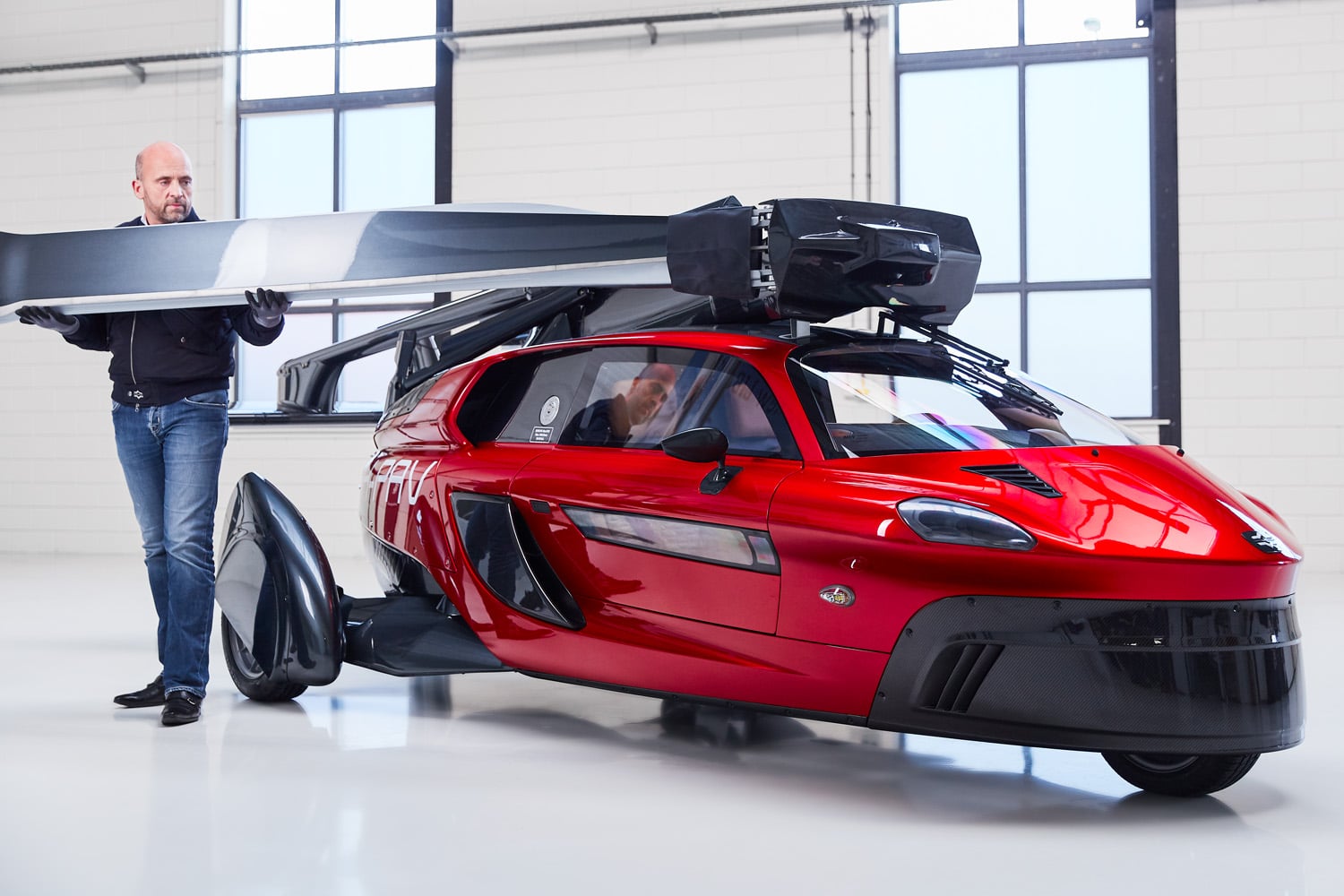
World’s first ‘fly and drive car’ ready by 2021 :According to Daily mail It has been over century in the making, but the world’s first ‘fly and drive car’ is set to make its US debut Tuesday night in Miami, Florida.
Called Pioneer Personal Air Landing Vehicle, or PAL-V, this flying vehicle is equipped with retractable overhead and rear propellers and can cruise at an altitude as high as 12,500 feet.
It uses automobile gasoline and tops speeds of 200 miles per hour in the air and 100 mile per hour on the ground.
The Dutch-made machine is already in production and is selling for $599,000 with 70 pre-orders to-date – the first delivery is expected to be in 2021.
PAL-V will go on display at an event entitled: ‘Miami 2020 and Beyond’. The flying car seats two people has 230hp and a four-cylinder engine. The two-seater vehicle converts from a three-wheeled car to a gyrocopter in just 10 minutes, and can go from 0 to 60 mph in under eight seconds.
Maxim magazine selected PAL-V in 2017 as the most likely company to deliver a ‘real’ flying car and two years later that prediction has come true.
Embraer and American Airlines Sign Contract for 15 E175s
‘While other flying car manufacturers’ concepts require modified regulations and in many cases not yet existing technologies, PAL-V deliberately chose to engineer, design and build a flying car with proven technologies and fully compliant with existing regulations.’
It is made of carbon fiber, titanium, and aluminium and weighs 1,500 pounds, and requires a 540 feet runway for take-off and just 100 feet for landing.
The craft is fitted with a similar handling system to that of a motorbike, which relies on the driver tilting the vehicle with a control stick both on the ground and in the air.
BRITISH AIRWAYS’ A350 GEARS UP FOR ITS FIRST LONG HAUL FLIGHT TO DUBAI
‘Flying cars have been in movies many, many times and they will be available next year,’ Dingemanse told The Associated Press. A slightly cheaper version to be made next – the Pal-V Liberty Sport – has a price tag of $335,000.
The firm has designed the car so at the flick of a button the blades fold down and gather like a bat’s wings on the top. It incorporates a 2005 breakthrough, when Dutch company Carver invented a tilting system for three-wheelers, to counter Pal-V’s high center of gravity and make it roadworthy.

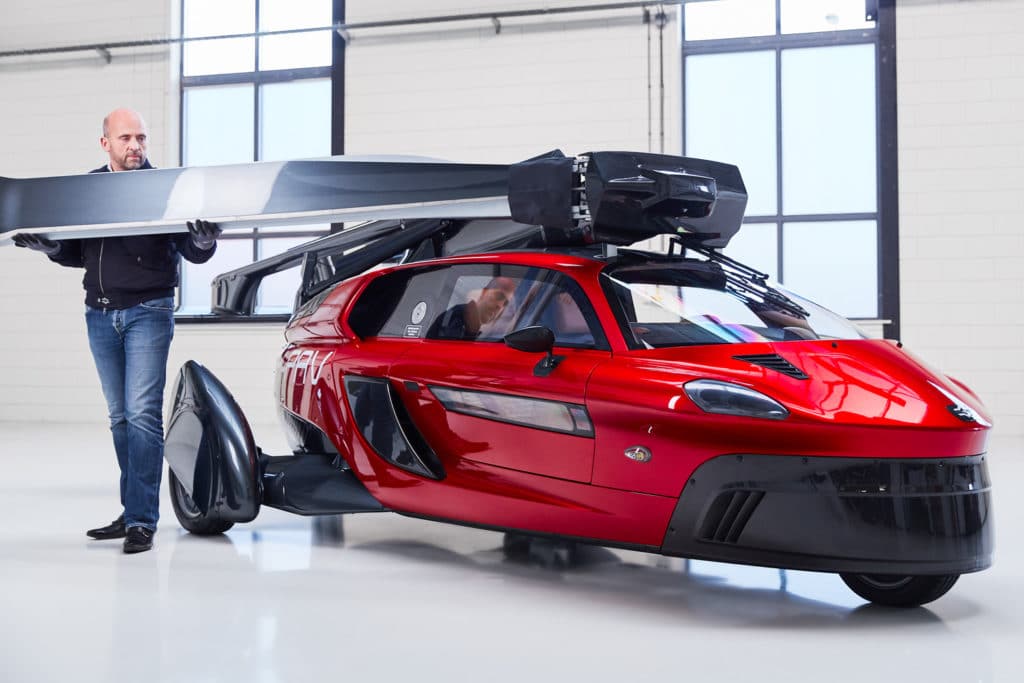
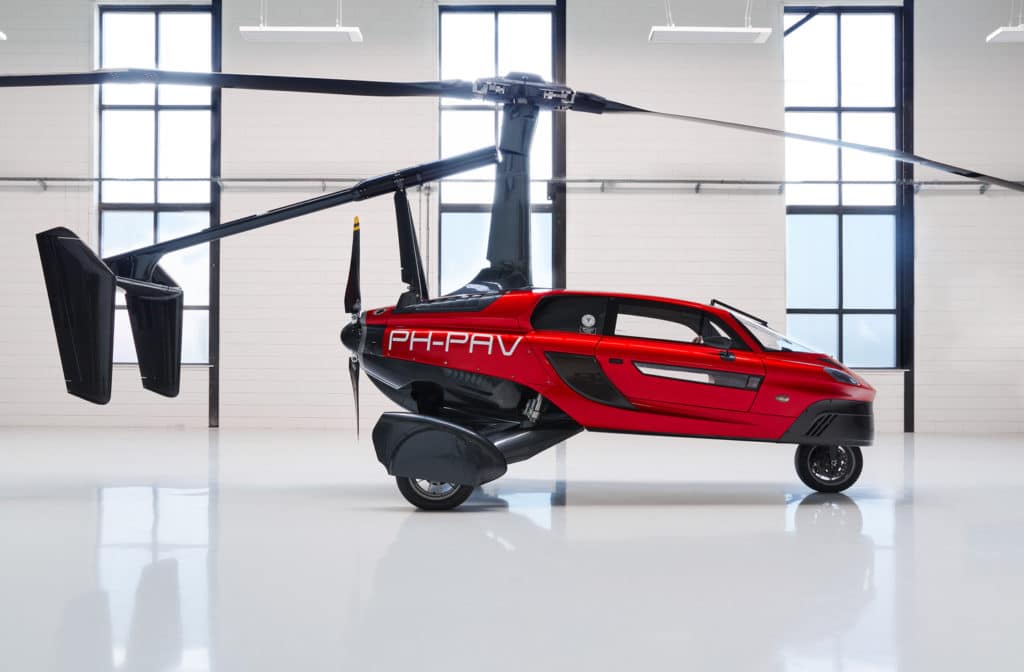

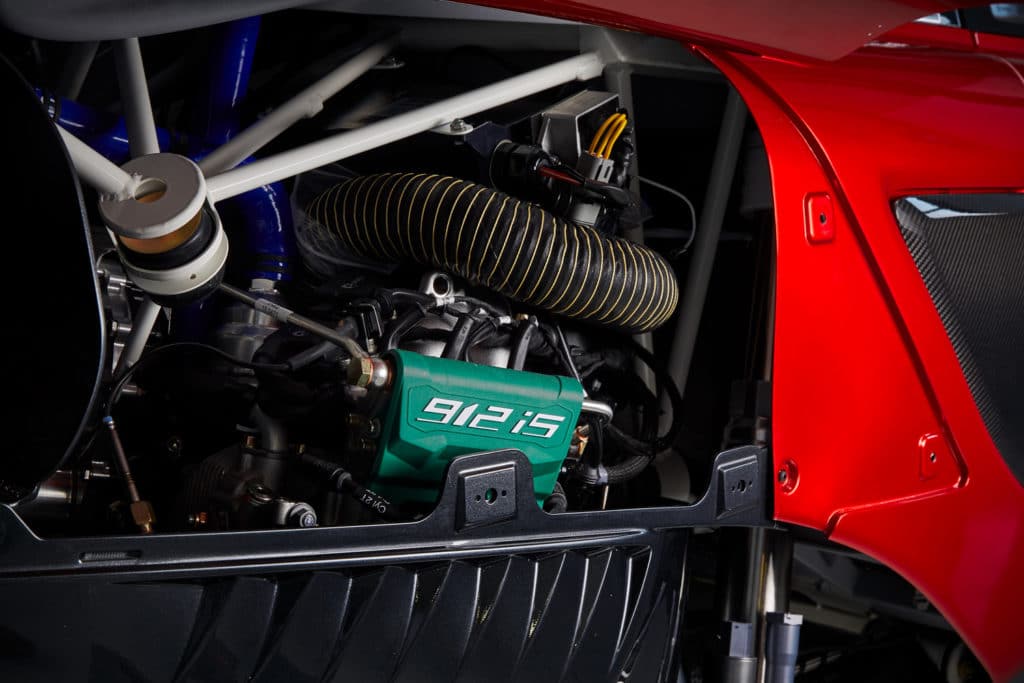

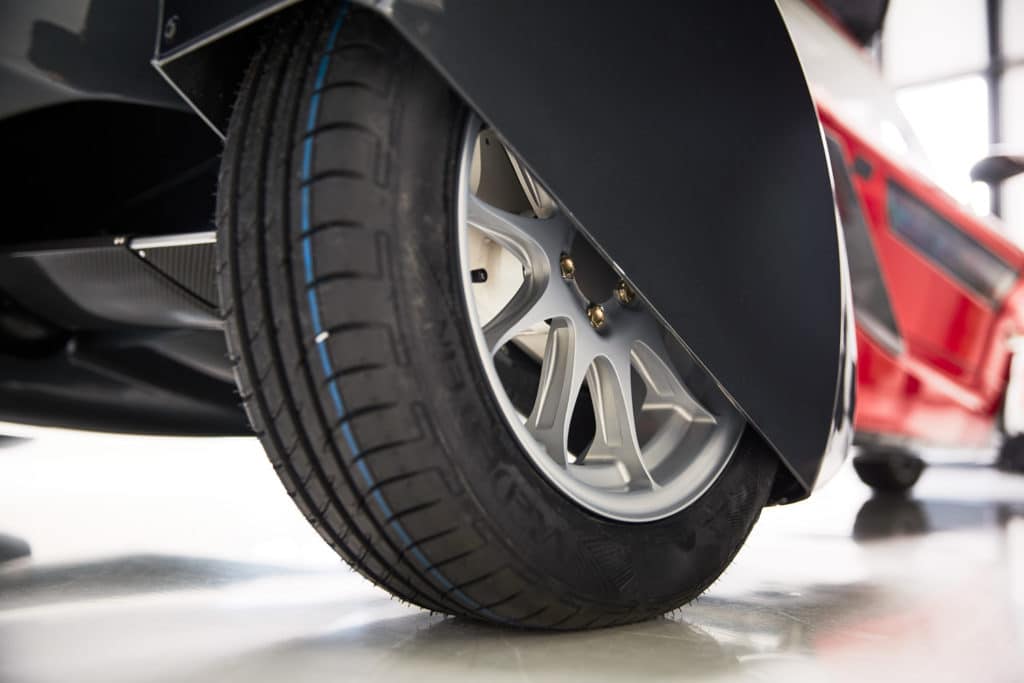
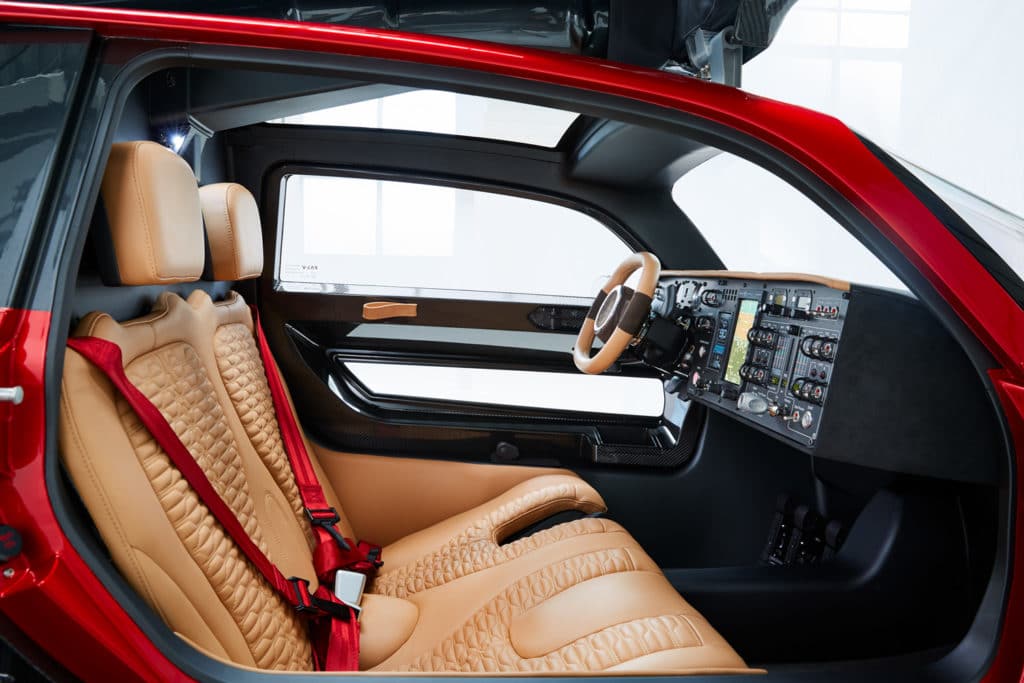
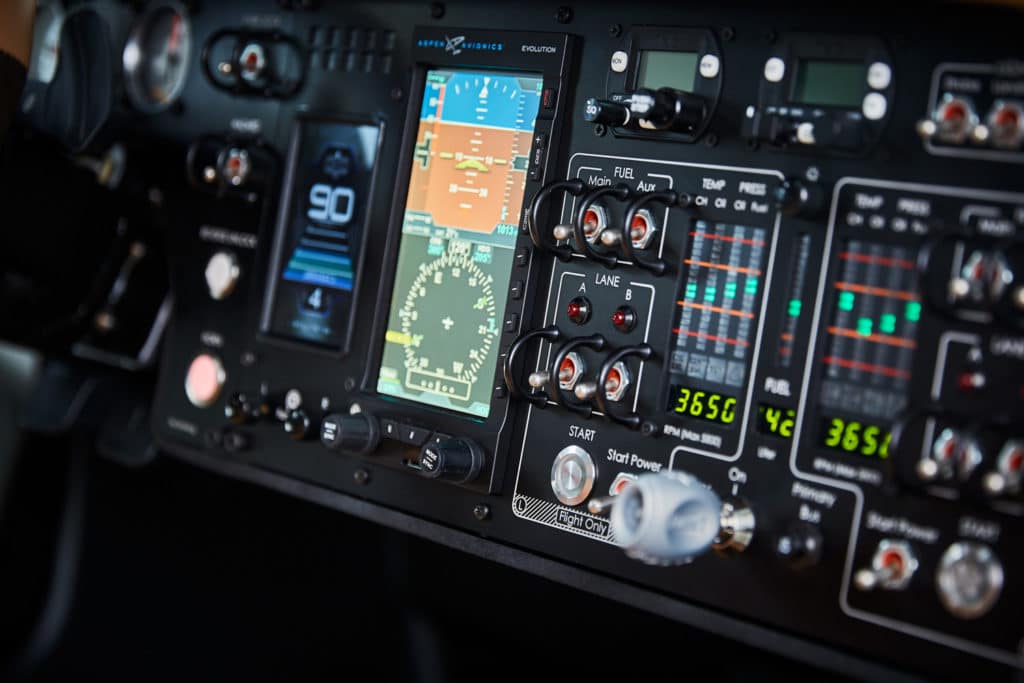
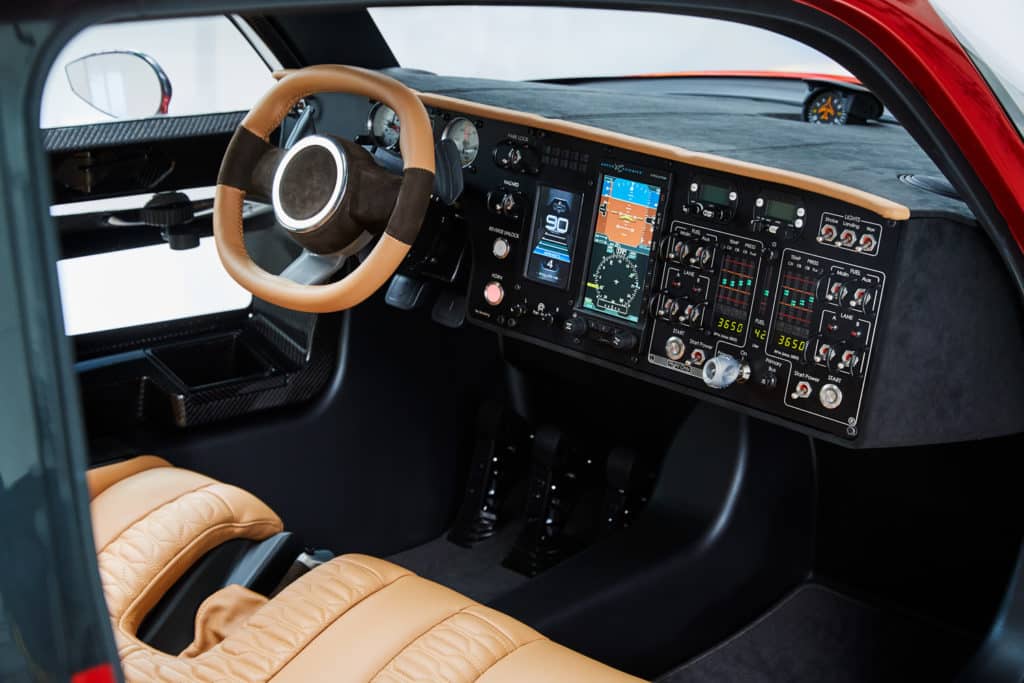
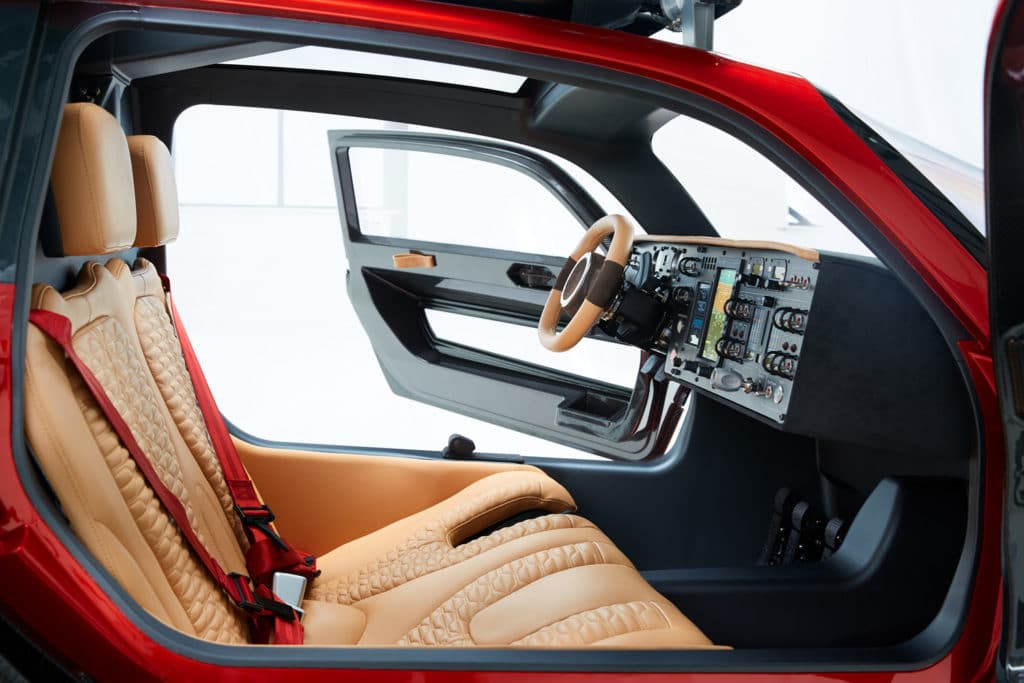
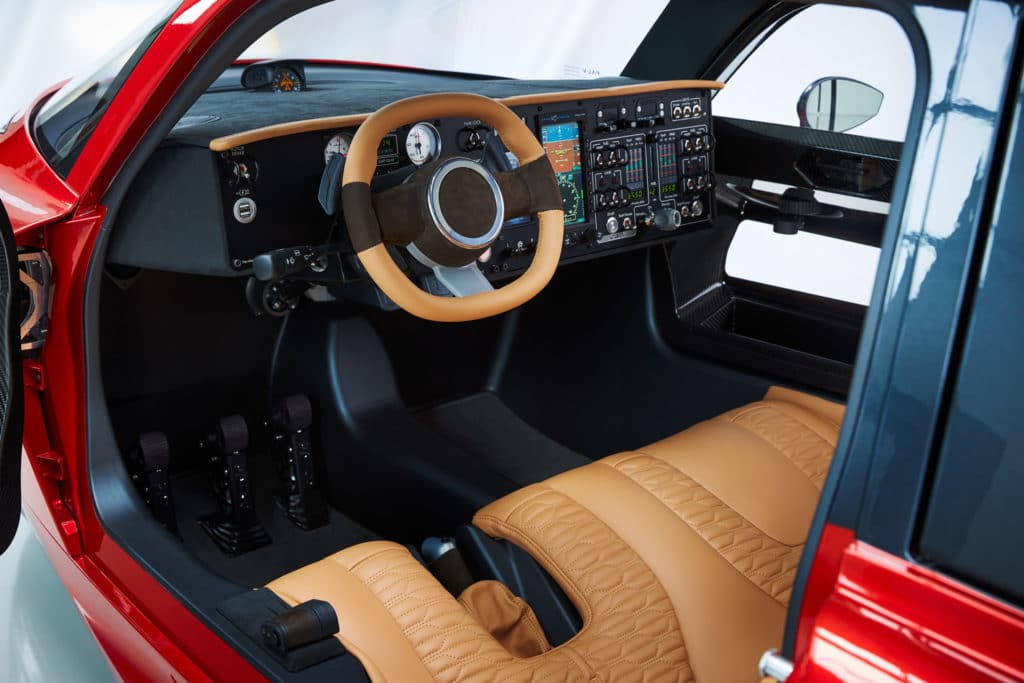
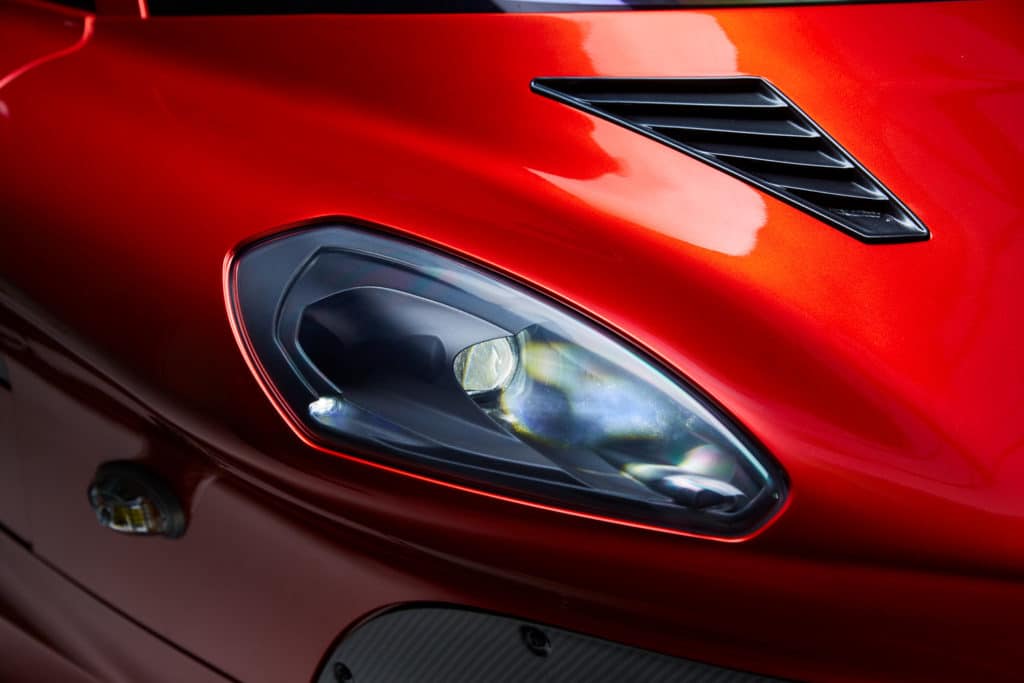
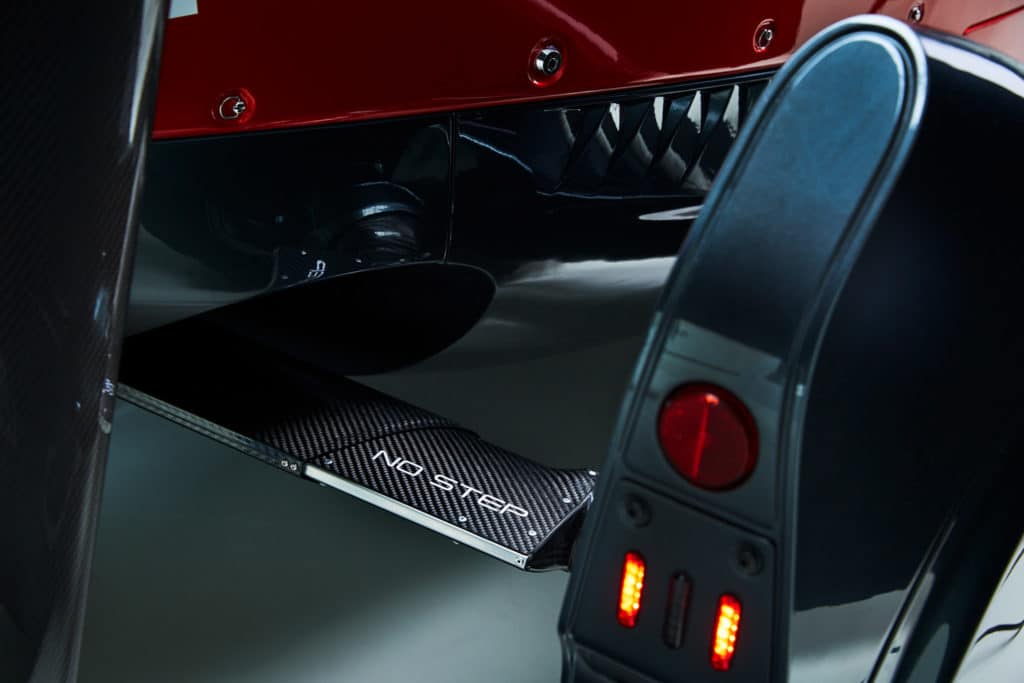
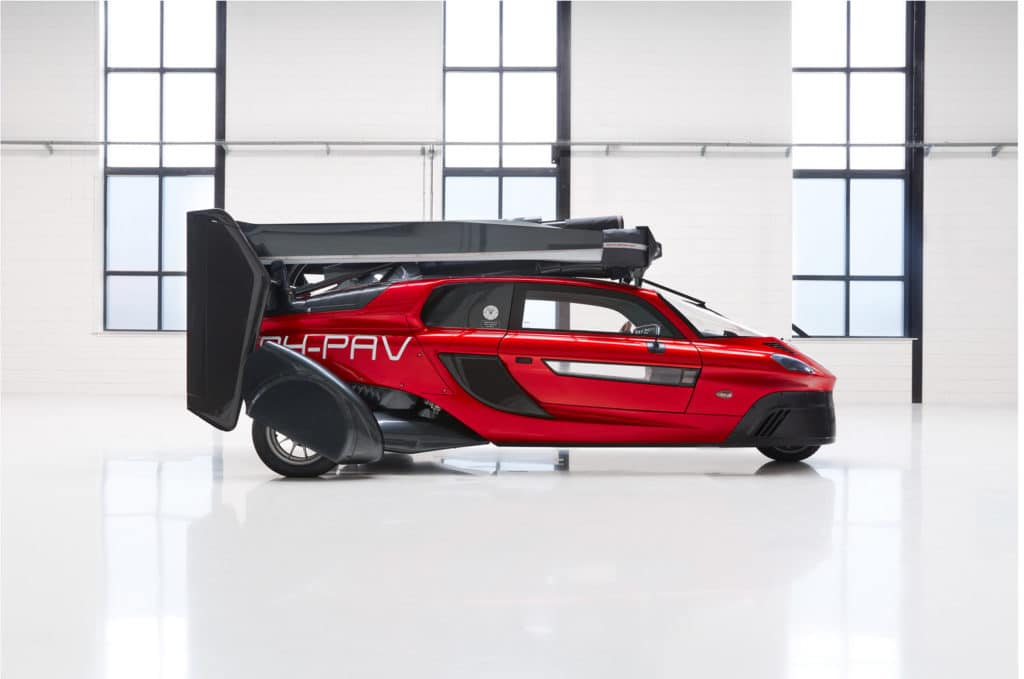
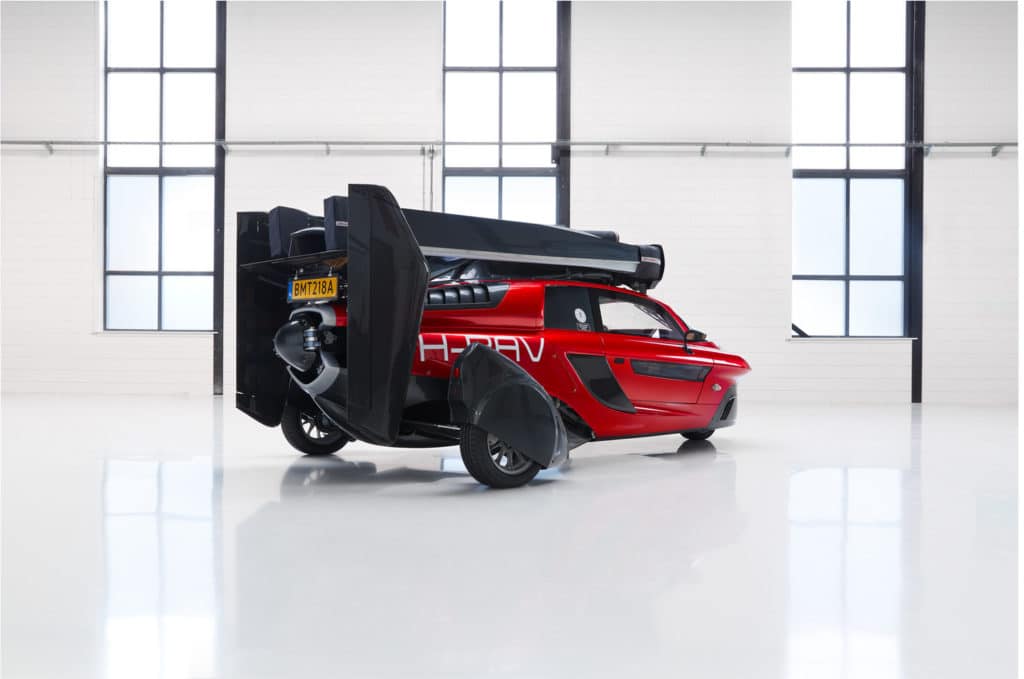

The company insists the Pal-V is not a helicopter, where blades are powered by an engine, but is a gyroplane in which the blades rotate thanks to airflow.
Even if both engines cut out, the blades will still turn. ‘The rotor is not powered, so it’s actually a parachute which is always available,’ Mr Dingemanse told AP.
Different versions of a flying car are being developed in the Czech Republic, Slovakia, Japan, China and the United States. The lucky owner will need both a driving licence and a pilot’s licence.
But with the keys in hand, the owner will be able to drive to an airfield for the short take-off and, after landing elsewhere, drive to the destination in a door-to-door experience. Parts are on order, with the first already in stock.
Once built, the vehicle will have to complete at least 150 flying hours, and undergo extensive tests to receive its certification from the Cologne-based European Aviation Safety Agency (EASA). Once finalized, this will allow them to certify under FAR 27 regulations in America.
The 27-gallon gas tank provides a flying range of between 248 an 310 miles at an altitude of up to 11,500 feet. On the road, it can drive for up to 750 miles.
KUWAIT AIRWAYS AND PAL-V BRINGING FLYING CARS TO THE GCC
Kuwait Airways will start to explore the possibility to use the PAL-V for their own operation offering their customers a “last mile” solution. “Because the PAL-V can use the same airports that we are using it is a vehicle that can provide our customers with a “last mile” solution. FlyDriving them to where they need to go. Which will offer our customer a door-to-door journey instead of airport to airport.” Says Kamil H. Al-Awadhi, CEO of Kuwait Airways. The PAL-V only needs a small airstrip of 300m long in order to take-off and land which doesn’t need to be a paved runway. The strips can be created in close proximity to urban areas where people are not disturbed by the presence of the airstrip. PAL-V can drive the last mile to the destination, making the PAL-V a true door-to-door solution for the airport-to-city journey. The PAL-V can reach a landing strip near a city 400km away in just 2.5 hours, after that the conversion only takes 5 minutes and you can drive your last miles into the city.

Aviation
COMAC Unveils Plans for the C929 to Rival Airbus and Boeing

After the success of China’s first C919 aircraft, the country is setting its sights on developing a larger plane. COMAC (Commercial Aircraft Corporation of China) has officially confirmed plans to build a widebody aircraft, marking a significant step in its aircraft lineup.
Traditionally, Airbus and Boeing dominate the widebody aircraft market, with decades of expertise in developing planes and engines capable of carrying heavy payloads. China, which currently relies on imported engines, is now aiming to challenge these giants with its own widebody jet, the C929, designed to compete with the Airbus A350 and Boeing 777.
American Airlines Is Looking for Flight Attendants: Apply Now
The C929 will be China’s first independently developed long-range widebody aircraft. It adheres to international airworthiness standards and boasts independent intellectual property rights. The baseline version is designed to seat 280 passengers and offers a range of 12,000 kilometers, catering to global demand for both regional and international air travel.
Russia, which also needs reliable narrowbody and widebody aircraft, could become a key customer for the C929. Additionally, China plans to target the broader Asian market as it continues to expand its aviation capabilities.
Close Call at Heathrow: BA Flight Narrowly Escapes Drone Collision
China’s aviation progress includes the ARJ21 (now called C909), a regional jet with 100 seats for shorter routes, and the C919, a narrowbody jet with 180 seats designed to rival the Boeing 737 MAX and Airbus A320. Both models have found increasing demand in the domestic market.
At China’s largest air show in Zhuhai, COMAC announced that Air China will be the launch customer for the C929 widebody jet, though details about order size and delivery timelines were not disclosed.
Other major deals announced by COMAC include:
- Hainan Airlines: Firm orders for 60 C919 and 40 C909 regional jets.
- Colorful Guizhou Airlines: 30 C909 jets, with 20 firm orders and 10 provisional agreements.
The C929, renamed from the CR929 after Russia withdrew from the joint development project in 2023, is expected to carry 280–400 passengers with a range of 12,000 kilometers, competing directly with Boeing’s 787 Dreamliner.
According to COMAC’s deputy general manager, Tong Yu, the first fuselage section of the C929 is expected by September 2027, with prototype test flights anticipated soon after.
-

 Aviation2 months ago
Aviation2 months agoMicrosoft Flight Simulator Raises $3 Million to Bring Back the An-225 Mriya
-

 Airlines2 months ago
Airlines2 months agoQantas Engineers Stage Walkout Over Cost of Living Concerns
-

 Airlines2 months ago
Airlines2 months agoQatar Citizens Can Travel to the United States Without a Visa
-

 Aviation2 months ago
Aviation2 months agoQatar Airways bans these new Electronic Devices on plane
-

 Airlines2 months ago
Airlines2 months agoJapan Airlines Rolls Out Free Domestic Flights to International Passengers
-

 Defence2 months ago
Defence2 months agoWhich Country Has the Largest Fleet of Fighter Aircraft?
-

 Airport2 months ago
Airport2 months agoWestern Sydney Airport Welcomes Its First Plane After 6 Years of construction
-

 Aviation2 months ago
Aviation2 months agoDid you know ? Once Boeing 747 carried 1088 passenger in 1991








